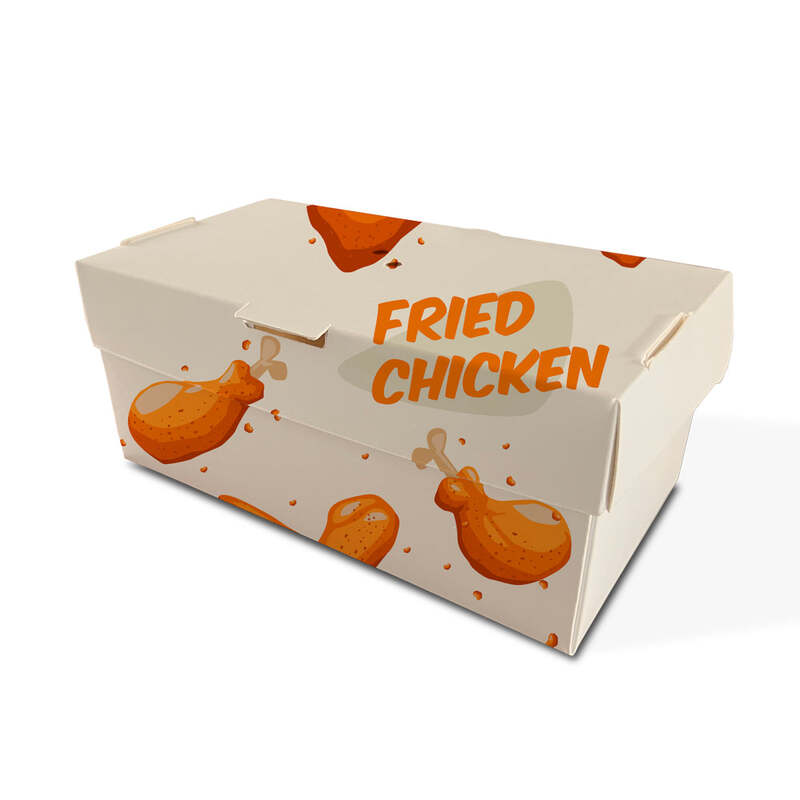The Art of Piping Bags Elevate Your Culinary Creations
When it comes to baking and decorating, piping bags are indispensable tools for both amateur and professional bakers alike. This versatile item allows for precise control over the application of various mixtures, including icing, whipped cream, and even savory fillings. But what makes piping bags so essential, and how can you maximize their potential in your kitchen? Let's explore the world of piping bags and the artistry involved.
Understanding Piping Bags
At their core, piping bags are made of either disposable or reusable materials, shaped like a cone with an open end that can be fitted with various piping tips. The choice of material often depends on the intended use and personal preferences; disposable bags offer convenience while reusable silicone or cloth bags are environmentally friendly and can provide a sturdier grip.
There are a variety of tips available for piping bags, each designed to create different patterns and textures. Round tips are perfect for simple outlines or filling in, while star tips create beautiful ridges for decorative edges. Leaf tips can produce lovely foliage designs, and specialty tips can make everything from roses to intricate borders. The right combination of bags and tips can turn ordinary baked goods into works of art.
Getting Started with Piping Bags
Using a piping bag may seem daunting at first, but with practice, it can become an enjoyable part of the baking process. Here’s a step-by-step guide to help you get started
1. Choosing Your Mixture Whether it's royal icing, buttercream, or whipped cream, the consistency of your mixture is key. It should be thick enough to hold its shape but not so stiff that it becomes difficult to pipe.
2. Filling the Bag To fill your piping bag, place it in a tall glass or cup to create a stable holder. Use a spatula to fill the bag about halfway, avoiding overfilling which can lead to messiness.
piping bags

3. Tying the Bag Once filled, twist the top of the bag to avoid any spills and secure it with a clip, or simply hold it tightly in your hand. This will enable you to apply even pressure while piping.
4. Practicing Your Technique Before decorating your final product, practice on a piece of parchment paper. This allows you to experiment with pressure and speed, helping you get a feel for how much force is needed.
5. Start Decorating When you're comfortable, begin piping on your baked goods. Whether you're adding delicate decorations to cupcakes or outlining a cake, keep your hand steady and maintain a consistent pressure for even results.
Tips for Perfect Results
The beauty of using piping bags lies in their versatility, but there are a few tips to keep in mind to ensure your decorating remains stress-free
- Use the Right Tip Tailor your choice of tip to suit the design you’re aiming to achieve. Experiment with different shapes and sizes to see what works best. - Work in Layers For larger designs, work in layers. Starting with a base layer before adding details can enhance the overall look of your baked goods.
- Control the Temperature If you're piping buttercream, ensure it’s not too soft; a cooler temperature can help maintain the structure during movement and decoration.
Conclusion
Piping bags are not just tools; they are gateways to creativity in the kitchen. With a bit of practice, they can help transform everyday baking into extraordinary culinary art. Whether you’re making perfectly swirled cupcakes or elegantly designed cookies, mastering the use of piping bags can elevate your decorating skills to new heights. So grab your piping bags, choose your favorite tips, and let your imagination run wild—your delicious masterpieces await!



